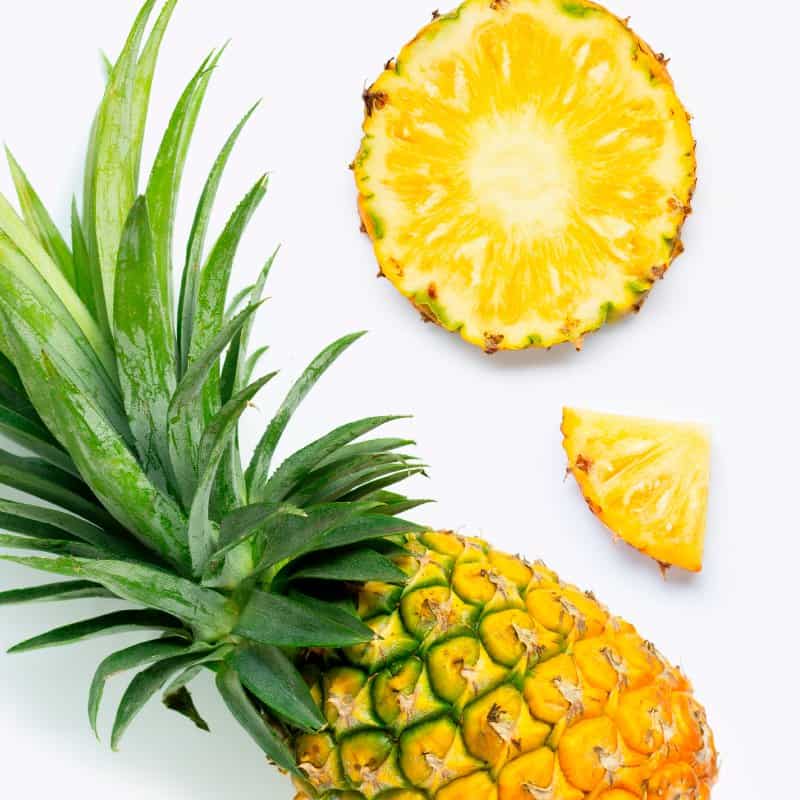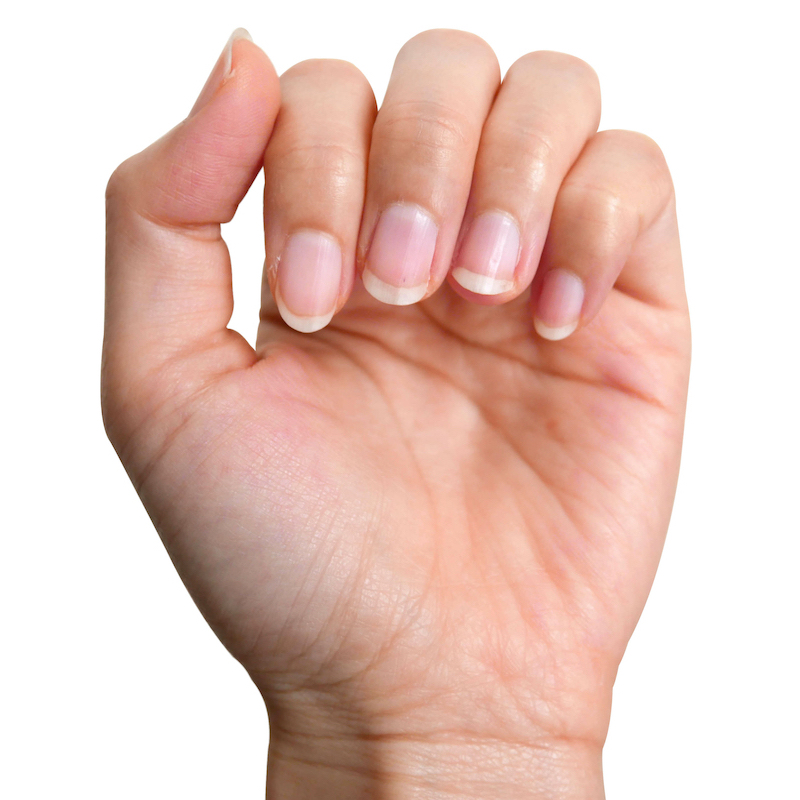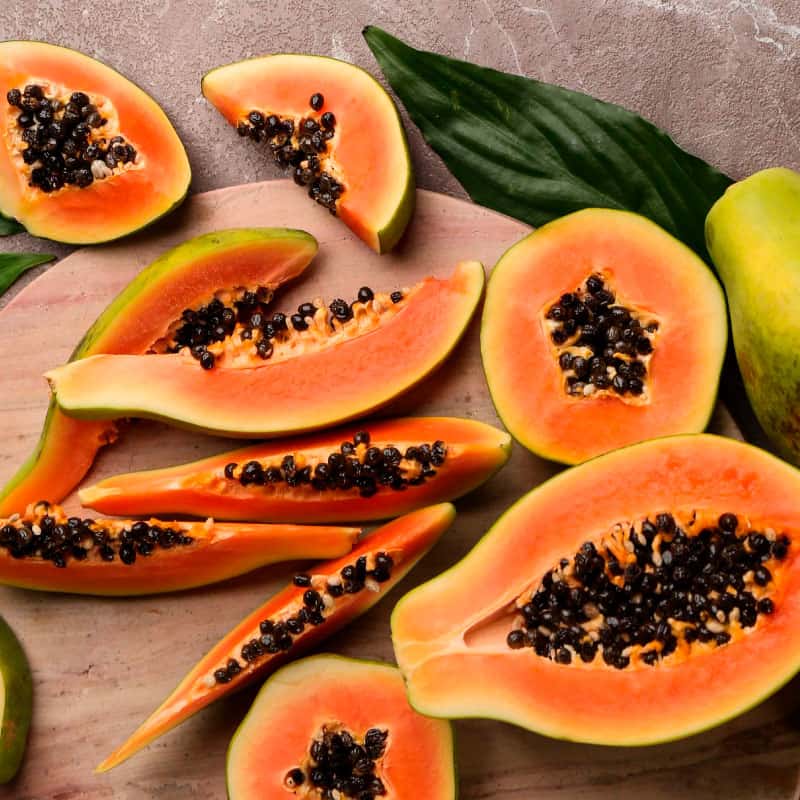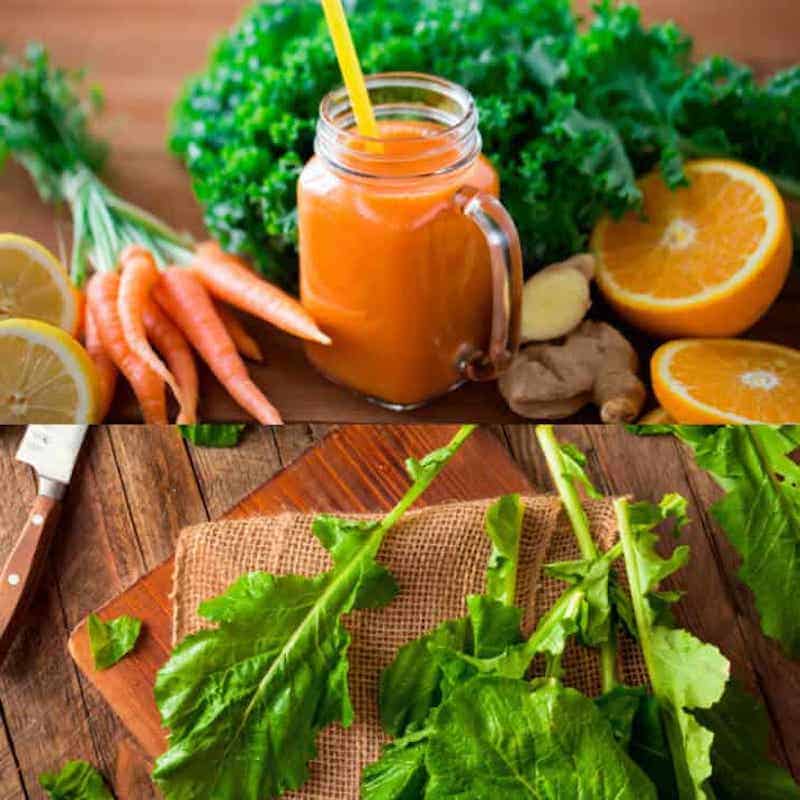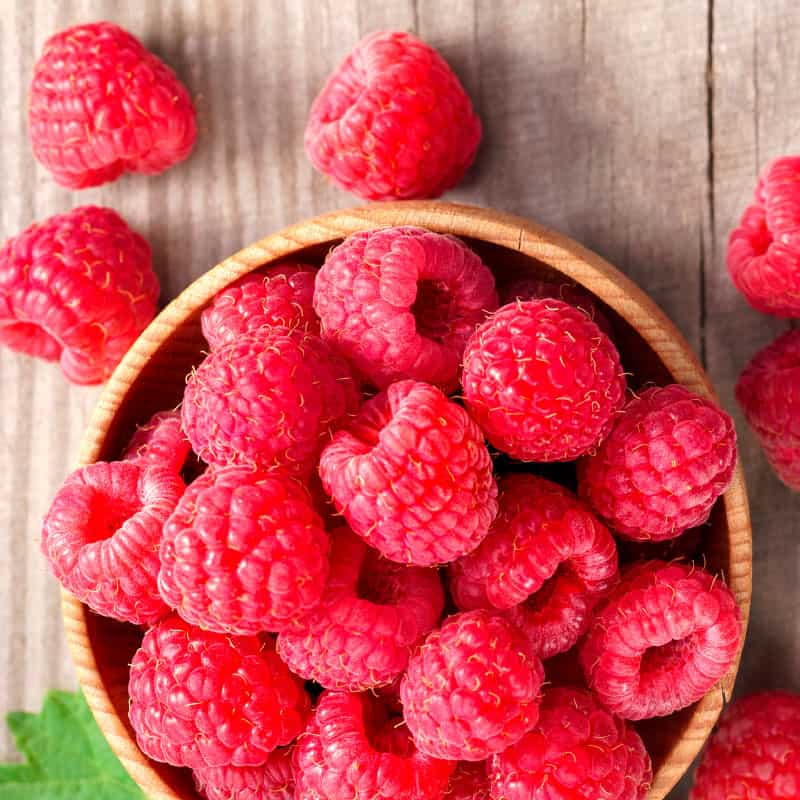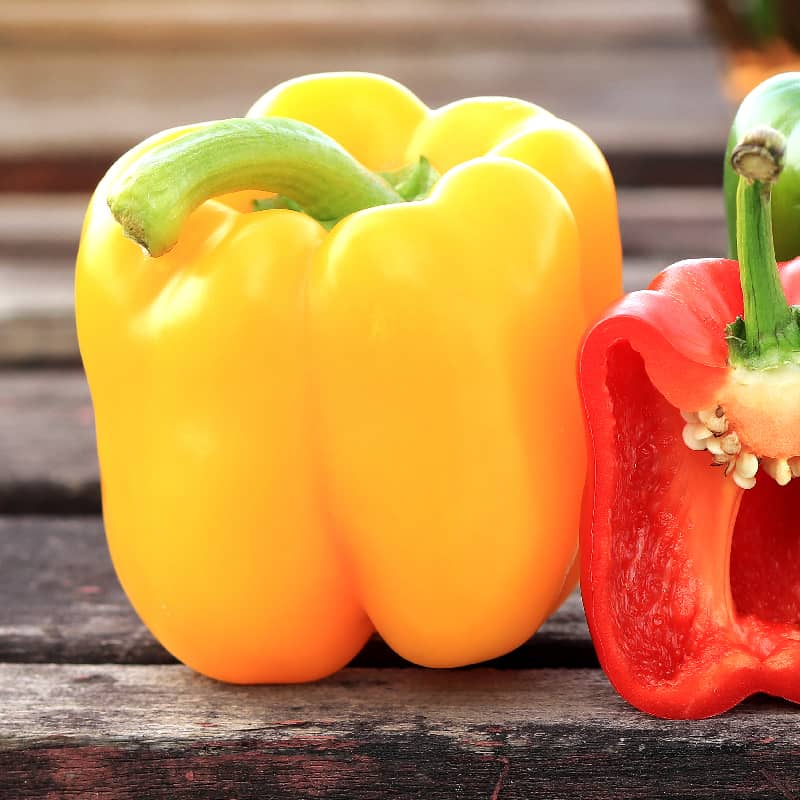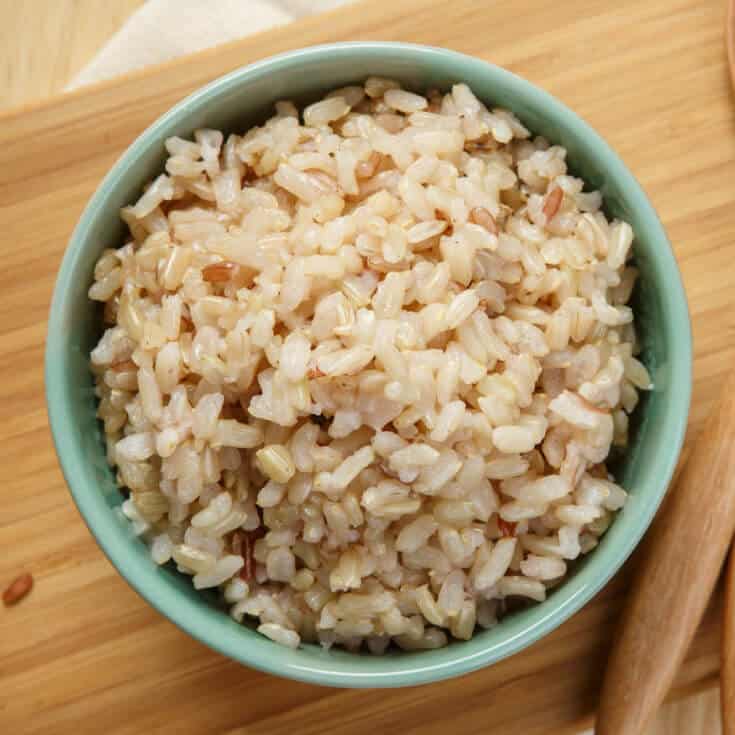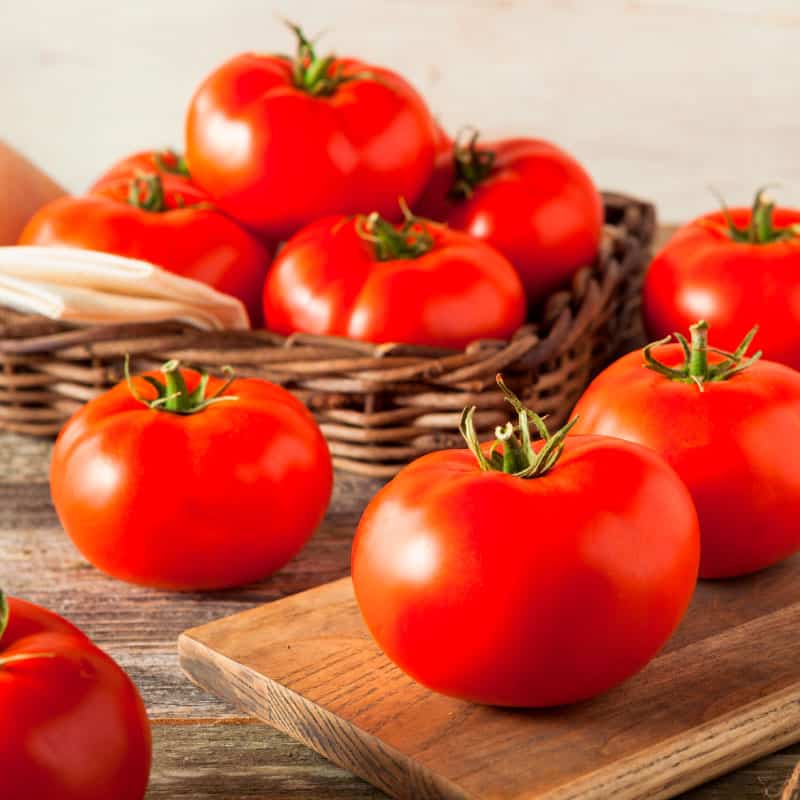This Dr. Axe content is medically reviewed or fact checked to ensure factually accurate information.
With strict editorial sourcing guidelines, we only link to academic research institutions, reputable media sites and, when research is available, medically peer-reviewed studies. Note that the numbers in parentheses (1, 2, etc.) are clickable links to these studies.
The information in our articles is NOT intended to replace a one-on-one relationship with a qualified health care professional and is not intended as medical advice.
This article is based on scientific evidence, written by experts and fact checked by our trained editorial staff. Note that the numbers in parentheses (1, 2, etc.) are clickable links to medically peer-reviewed studies.
Our team includes licensed nutritionists and dietitians, certified health education specialists, as well as certified strength and conditioning specialists, personal trainers and corrective exercise specialists. Our team aims to be not only thorough with its research, but also objective and unbiased.
The information in our articles is NOT intended to replace a one-on-one relationship with a qualified health care professional and is not intended as medical advice.
Homemade Baking Soda Toothpaste
October 25, 2021
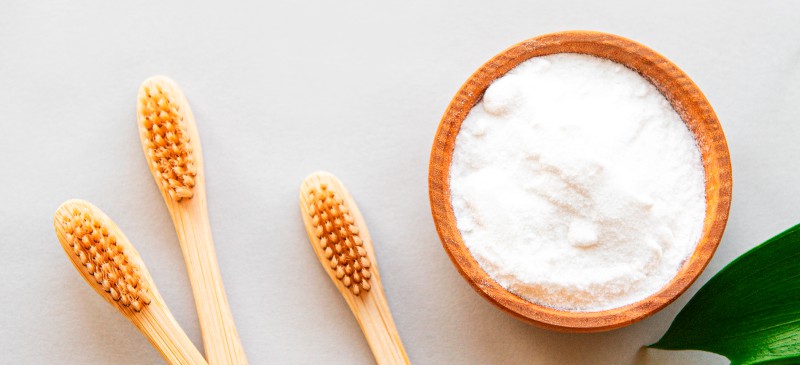
If you care about your health and that of your family, then you are really careful about what you put on the table and what they put in their mouths. That includes toothpaste.
Commercial toothpastes are loaded with ingredients you wouldn’t feed to your worst enemy, and they don’t belong in toothpaste either. Luckily, it’s cheap and easy to make a good, basic homemade baking soda toothpaste.
The recipe below will work at least as well as a standard commercial toothpaste. You may already have all the ingredients in your pantry. Plus whipping up a batch will cost you a lot less than buying a tube of natural toothpaste at your local health food store.
Commercial Toothpaste Ingredients to Avoid
First, let’s look at some of the questionable ingredients that are often found in commercial toothpastes (some are probably dangerous; others are just unnecessary), which you can avoid by making your own homemade baking soda toothpaste:
- Artificial colorings. Food dyes have been linked to cancer, skin rashes and behavioral problems. Who cares what color your toothpaste is, anyway?
- Artificial flavorings. We’d rather stick with natural flavor, thank you.
- Fluoride. The ADA swears this stuff prevents cavities. But recent studies suggest the opposite may be true. Plus it has a lot of nasty side effects.
- Glycerin. This is a natural food byproduct used to give a smooth mouthfeel. It is probably reasonably safe to consume, but it may interfere with tooth mineralization. So it may be a good idea to leave out of toothpaste.
- Hydrogen Peroxide. This has a reputation for whitening teeth. But it takes a long time to have that effect (much longer than a typical brushing session). Plus it can be harsh on the soft tissue of your mouth.
- Propylene glycol. Used to give a smooth mouthfeel, this fossil fuel processing byproduct is also used to make antifreeze. It doesn’t belong in your mouth.
- Saccharin and other artificial sweeteners.
- Sodium lauryl sulfate. A foaming agent, which has been linked to an increased risk of developing canker sores. It’s not what we want in our mouths.
- Titanium dioxide. This white powder is used to make toothpaste bright white. Recent studies have linked it to poor gut health. Off-white toothpaste is just fine with us, thanks.
- Triclosan. An antimicrobial chemical linked to numerous health and environmental problems. Don’t even think about using a toothpaste (or anything else) with triclosan in it.
Why We Brush Our Teeth
Let’s start by talking a little about why we brush our teeth and what a good toothpaste homemade baking soda toothpaste should offer. We brush our teeth to remove any acidic or sugary/starchy food particles and every smidgen of plaque — that slimy biofilm that can coat our teeth and lead to tooth decay.
Brushing — the mechanical process — is the No. 1 way to protect your teeth from decay. It’s far more important than toothpaste, mouthwash or any other product! You may be surprised to learn that you can brush your teeth without any toothpaste at all. Just give all the surfaces of your teeth (plus your tongue and all the other surfaces inside your mouth) a good rubbing with a soft-bristled toothbrush. This “dry brushing” is a great way to brush when you’re away from home or between meals.
But adding the right toothpaste can make brushing extra-effective.
What Makes a Good Toothpaste?
Adding just a little bit of something gritty (a very mild abrasive) makes brushing away that plaque a bit easier. But keep in mind that too much or too strong an abrasive is not a good thing, as you may start removing more than just plaque and food particles!
Baking soda is a cheap, readily-available and very effective mild abrasive. Dipping your moistened brush in plain, dry baking soda is quick, easy and effective for basic tooth cleaning. But no one is going to rave about the flavor (salty) or mouthfeel (mildly gritty) of brushing with plain baking soda. Also, it’s hard to get it to stay on your brush.
How to Make Baking Soda Toothpaste
This is where making a homemade baking soda toothpaste comes in: creating a product that not only helps gently remove plaque, but also stays on your brush and feels/tastes good in the mouth. You can just mix baking soda with enough water to make a paste. But a few other additions make a much nicer paste with a smoother mouthfeel and flavoring to mask some of the salty aftertaste. In fact, you don’t have to use baking soda at all.
You can find a good basic homemade baking soda toothpaste recipe at the end of this article. But feel free to experiment with different combinations and proportions until you get a toothpaste that works for you and your family.
Here is a list of good ingredients for making homemade baking soda toothpaste, including readily-available ingredients, mild abrasives and liquids to blend them with. Plus I’ve included tooth-friendly flavorings and sweeteners to make the paste more appealing.
Potential ingredients:
- Baking soda (sodium bicarbonate). Baking soda has many uses. In toothpaste, it acts as an ideal mild abrasive, which dissolves, leaving no grit behind. It is alkaline, so it has the added benefit of helping to neutralize excess acid in the mouth.
- Bentonite clay. This finely powdered product is a mild abrasive, alkaline so it helps neutralize excess acid in the mouth, full of trace minerals, and helps draw toxins out of the body. If you have silver fillings, you may want avoid clay as the drawing property could draw out mercury.
- Cacao nibs (or powder). Not to be confused with cocoa (a chemically-treated product), cacao is raw chocolate and it is loaded with nutrients and trace minerals. In toothpaste, it also acts as a very mild abrasive. And it tastes yummy.
- Coconut oil. This amazing substance may be the most versatile food and health aid on the planet. In toothpaste, it gives a smooth mouthfeel, holds other stuff together, and helps kill nasty microorganisms — including candida and tooth decay bacteria — while supporting beneficial ones. Organic, cold-pressed and unrefined is the best kind to use, if possible. Coconut oil has one odd characteristic: it melts at about 76 degrees Fahrenheit, which means your toothpaste will be very stiff in cool conditions and runny and prone to separating if it gets warmer than 75 F. This changeability doesn’t affect how well your toothpaste works. But it does mean that it’s better to keep homemade toothpastes containing coconut oil in a jar than a tube. This way you can scoop it out when very firm or dip your brush in it if it liquefies (and re-mix it if it separates). Take advantage of coconut oil’s low melting temperature when mixing up a batch by warming the jar in a container of hot water for 10 or 15 minutes before measuring out the now-liquified oil and mixing it with other ingredients.
- Diatomaceous earth (DE). These sharp bits of silicon are the remains of the shells of tiny aquatic animals called diatoms. It is a mild abrasive and contains trace minerals.
- Essential oils. Essential oils are a good way to mask flavors while adding nicer ones. Plus some offer additional benefits. Clove oil is antibacterial; peppermint boosts energy and is a familiar flavor for toothpaste; and cinnamon oil fights inflammation and viruses.
- Guar gum. When mixed with liquid, this natural product creates a gluey substance that helps thicken toothpaste and keep it from separating. Blend the dry powder with the other dry ingredients before adding any water. Otherwise, by itself, guar gum powder is hard to mix with water without making lumps.
- Sea salt. Sea salt is a mild abrasive and rich in trace minerals.
- Spices. Powdered spices, such as cloves, cinnamon, ginger and mint, are a good way to add flavor and some gentle abrasive to homemade toothpaste. Be sure they are finely ground to avoid a gritty paste.
- Stevia. If you want tooth-friendly sweetness, stevia is a good choice. Choose powdered extract, powdered stevia leaf, or a plain or flavored liquid stevia extract.
- Water. If coconut oil doesn’t appeal to you (or you are out of it), water is a good basic moistening agent for dry powders. It also has the advantage of remaining liquid down to 32 F. So once you mix up a paste, it is going to stay the same firmness regardless of changes in room temperature.
- Xylitol. We aren’t fond of using this as a sweetener in food because of the possible health issues and side effects associated with consuming larger quantities. But, being a sugar alcohol, it has a unique quality that may make it a good sweetener for toothpaste. Sugar alcohols are attractive to bacteria. But they can’t metabolize them, so they die after consuming them. Sugar alcohols may also support re-mineralization.
Tips:
- Adding more baking soda helps keep your paste firmer in warm weather. Adding less baking soda makes it less firm, which makes dispensing it easier in the winter if your house is cool.
- Baking soda toothpaste tastes really salty.
- Adding the full measure of xylitol makes it a salty-sweet, which kids may find more acceptable.
- Adding strong-flavored essential oil(s) doesn’t change the flavor much while you are brushing, but it does make for a pleasant aftertaste (instead of just saltiness).
How to use:
Scoop/apply about a ½ teaspoon of toothpaste onto your brush and give your teeth, and all the other surfaces in your mouth, a good brushing. The paste will liquefy almost immediately when put into your mouth, so there is no need to add water. Swish the liquid around when you are done to get it into all the nooks and crannies your brush can’t reach. Then spit out the remainder and rinse with water.
Print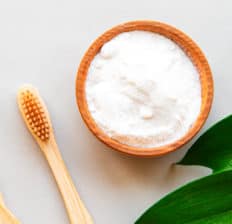
Baking Soda Toothpaste Recipe
- Total Time: 5 minutes
- Yield: 30 uses 1x
Description
There are a lot of questionable ingredients found in commercial toothpastes. Instead, make your own homemade baking soda toothpaste!
Ingredients
- 4 tablespoons coconut oil
- 2–4 tablespoons baking soda or a combination of baking soda and sea salt
- up to 1 tablespoon xylitol powder (optional)
- 20 drops cinnamon or clove essential oil (optional)
- 20 drops peppermint essential oil (optional)
- small glass jar
Instructions
- Place coconut oil container in a bowl of hot water to liquefy it (depending on your room temperature, this may take up to 15 minutes).
- Measure all ingredients into bowl and stir until completely blended.
- Store the finished product in a lidded glass jar.
Notes
Adding more baking soda helps keep your paste firmer in warm weather. Adding less baking soda makes it less firm, which makes dispensing it easier in the winter if your house is cool.
- Prep Time: 5 min



